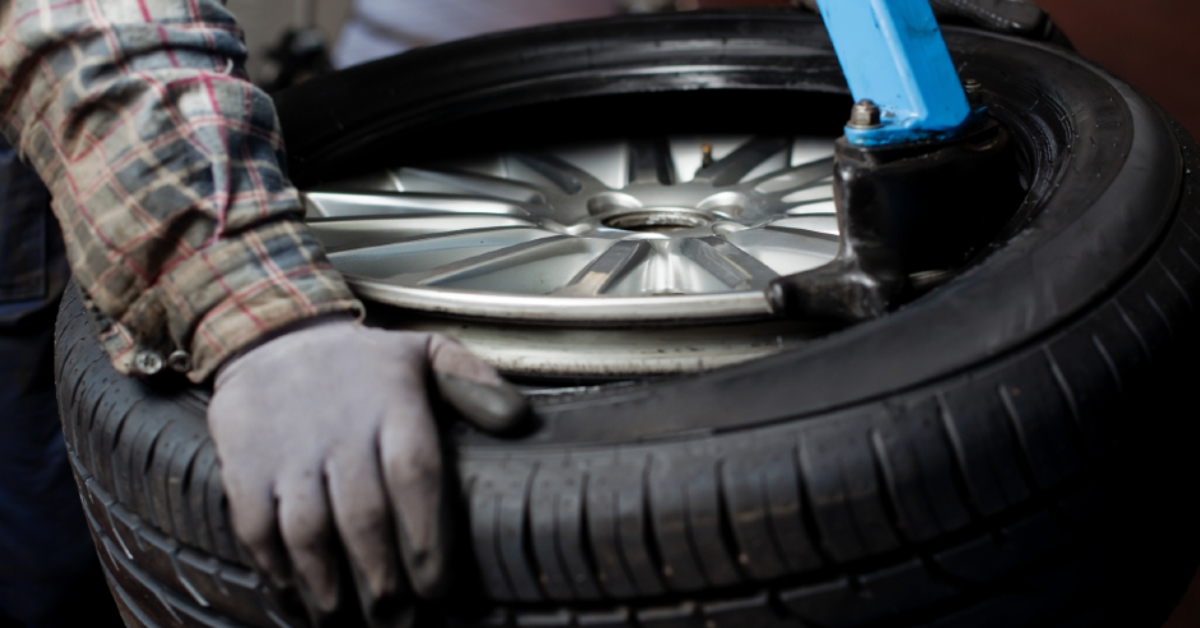These can cause tire blowouts, suspension damage, drivetrain issues, radiator issues, undercarriage scraping, or even rim cracking. A cracked rim can certainly be replaced, but can a cracked rim be repaired?
What's In This Guide?
Yes, and no. A cracked rim can be repaired if the crack is small and situated in an area in which it does not completely compromise the structural integrity of a wheel. This means that a singular hairline crack located on the middle or at the rear lip of the wheel can be welded without needing to replace the wheel.
On the other hand, if the crack is large, goes in multiple directions, is located on the front of the wheel, or severely compromises the structure of the wheel in any other way, it can not be repaired effectively.
In any case, there is no guarantee that a cracked wheel is ever going to be as good as it was before, so be sure to take your wheel to an experienced shop for more info on how and if you can repair it.
Now it’s time to outline everything you need to do to repair a small hairline crack in the wheel that is deemed repairable. However, it is always better to take the wheel to an experienced shop that has vast experience and loads of satisfied customers when it comes to fixing wheels as they are essential for on-road safety.
This is by far the most important step of them all because you need to inspect the entirety of the wheel to make sure you are 100% aware of the state the wheel is in. Your goal is to assess the wheel and decide if it makes sense to repair it or not. Don’t be shy to take the rim to someone with more experience and gather as much info as you can.
Your goal is to assess the wheel and decide if it makes sense to repair it or not. Don’t be shy to take the rim to someone with more experience and gather as much info as you can.
Rims that can’t be repaired:
Having the right tools for the job, and having the right knowledge means that you can approach every solvable problem and solve it effectively. If you are 100% confident that you are looking at a repairable wheel, be sure to gather these tools as you will need them if you want to repair the rim.
Tools needed to fix a cracked rim:
 52mm alloy rod with 5-10% of magnesium
52mm alloy rod with 5-10% of magnesiumNow it’s time to prepare the rim for welding which means finding the right environment to do that. Be sure to place the wheel in a safe place and strap it down for it not to move. Be sure to drill a 13mm hole on both sides of the crack in order to enhance the weldability of the wheel. Clean the surface, and use rougher sandpaper to sand down the area around the crack.
How To Weld A Cracked Rim?Now it’s time to get into the nitty-gritty by attempting to weld the crack. Be sure to weld with a tig on the inside of the wheel at the 13mm hole in a slow and circular motion. If you are not experienced when it comes to welding, it’s best to simply call someone who can and let them do this step for you.
This is a crucial part of making the wheel structurally sound, so don’t attempt to do it yourself if you don’t have the experience.
There are two ways how one can test the quality of a rim weld job. The first one is to use a black marker and a little bit of WD-40 thinner. If you are able to see the crack, the repair was not done successfully. At this point, it’s best to give up and go get yourself a brand new rim.
You can also test the rim with a hammer, chisel, or a screwdriver simply by hitting the rim gently. If the wheel rings constantly like a bell, the fix has been successful, if the sound diminishes quickly, the weld has not been successful.
It is never a good idea to drive on a cracked wheel, no matter how and where the crack is located. If you do decide to continue driving on a crack wheel, you are likely going to encounter one of these scenarios.
The first one is that the crack will continue to progress until it becomes larger and more severe.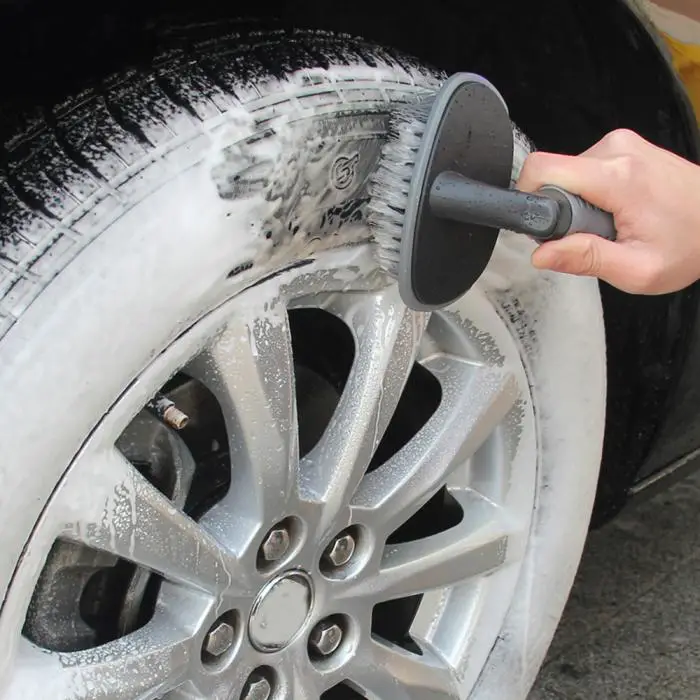 The crack can also start spreading in multiple directions reaching even the very edges of your wheels.
The crack can also start spreading in multiple directions reaching even the very edges of your wheels.
The second scenario is that the rim suddenly falls apart which can indeed be catastrophic. The third scenario is that the crack manages to stay in the same place for a while, but this is still not a guarantee that the crack will not start developing sometimes down the line. Temperature shifts, age, driving environment, and the way you drive affect the rim in the next 15 minutes, next month, or in the coming years.
The problem is that you can never be sure which one of these is going to be the case so avoid driving on a cracked wheel to never find out. The only time it makes sense to drive on a cracked rim is when you are loading your car on a flatbed.
Repairing a steel wheel is a lot easier and less time-consuming than it is repairing an aluminum wheel because an aluminum wheel needs to be welded with the so-called TIG (tungsten inert gas) welding technique.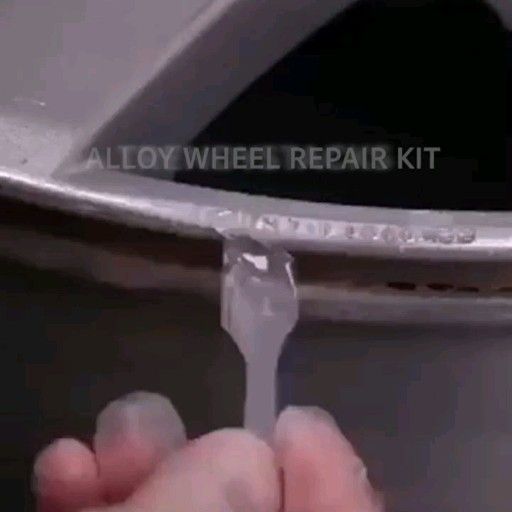 If you approach welding an aluminum wheel with the so-called MIG (metal inert gas) welding technique (the one used to weld steel), you are going to destroy an aluminum wheel entirely.
If you approach welding an aluminum wheel with the so-called MIG (metal inert gas) welding technique (the one used to weld steel), you are going to destroy an aluminum wheel entirely.
It is true that welding/repairing an alloy wheel is a lot more difficult and it takes more time, precision, and skill. However, certain cracks can be repaired as is the case with steel wheels. Nonetheless, it is still best if you avoid repairing a cracked aluminum wheel altogether because there are no guarantees that a repaired aluminum wheel is ever going to hold up in the future.
The main reason why people want to repair a cracked rim is that they don’t want to spend too much money on replacing one, or even all four of their wheels at the same time. Most experienced shops are likely going to mend a cracked rim for about $80-$150 depending on the location, the size, and the severity of the crack. However, cracked rims are difficult to fix, and many shops will happily either decline or charge you twice as much.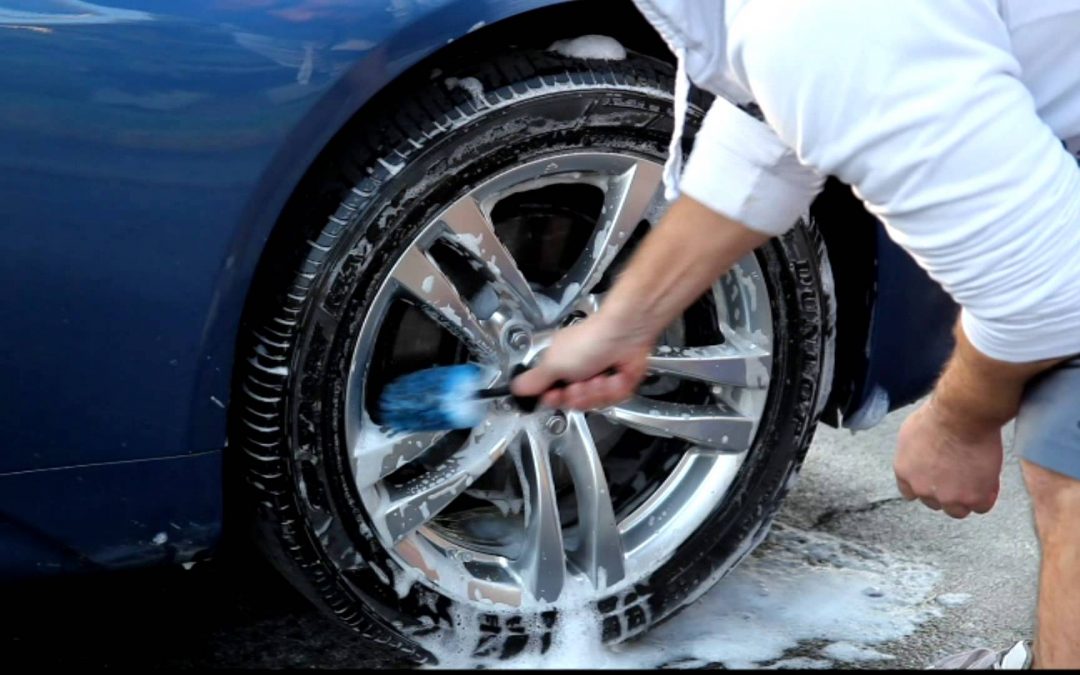
A decent new wheel costs between $200 and $500 apiece, while high-end, custom, magnesium, carbon fiber wheels can cost 20 times as much. If you do the math, it makes sense to repair a cracked rim, but don’t stretch it as you can never compromise on safety. The only way to be completely safe is to simply replace the wheel. The good thing is that this is not something you will have to be doing often, so it makes sense to sometimes spend more.
A cracked rim can indeed be repaired if the location, the severity, and the size of the crack make it so. This means that rims that have been cracked multiple times, have been cracked badly, have multi-directional cracks, or have any other types of cracks that compromise the wheel’s structural integrity, should simply be replaced.
The best thing you can do is to take the cracked rim to someone who has vast and continuous experience fixing cracked wheels and see if it makes sense to do so. Either way, there are no guarantees that a fixed wheel is ever going to be as safe as it once was.
Either way, there are no guarantees that a fixed wheel is ever going to be as safe as it once was.
If you do decide to replace the wheel and/or the tire, be sure to check out our complete wheel and tire guide to make the most out of your car!
Satisfied Customer Stories
Sturtevant auto is the place to go for quality used auto parts at a reasonable price. Very friendly ...
Adam is one of the best workers. He is fast to the phone and handles the customers as they come in. ...
"Destiny was very help polite and got me what I needed in a manner able fashion I appreciate her hop...
Like Sturtevant Auto
on Facebook
The typical repairable crack on an alloy rim is 1.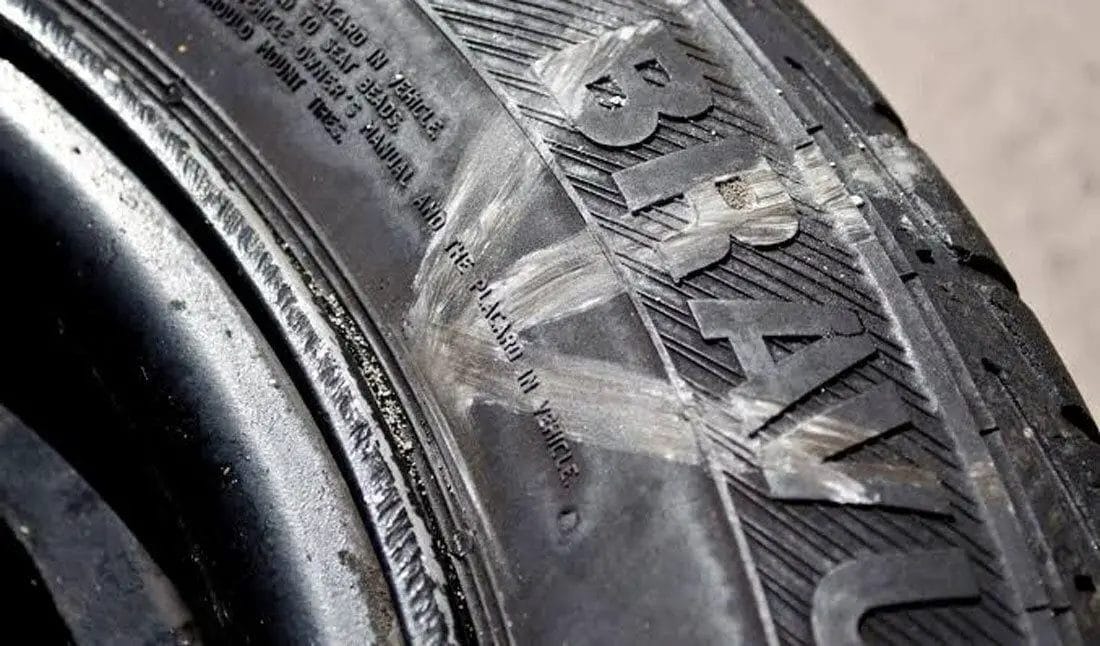 5 inches or smaller, located in the middle or back lip and does not impact structural parts of the wheel in any way. Front cracks, multiple cracks, and large cracks are all unsafe to weld and present a potential safety hazard. Should you find yourself needing a replacement, Sturtevant Auto has used rims in stock—so check out our pick and pull junkyard near Racine.
5 inches or smaller, located in the middle or back lip and does not impact structural parts of the wheel in any way. Front cracks, multiple cracks, and large cracks are all unsafe to weld and present a potential safety hazard. Should you find yourself needing a replacement, Sturtevant Auto has used rims in stock—so check out our pick and pull junkyard near Racine.
Cracked rims should be repaired by a trained professional. Do not attempt to keep driving on a cracked rim or repair it yourself unless you have the tools and experience.
Contact us today!
The most common way wheel repair specialists use to fix a repairable wheel is a process called TIG welding. TIG welding is a process that uses a filler material to effectively seal and repair the crack. After the initial weld, a dye test is usually performed in order to check for possible leaks.
Keep in mind that 80% of cracked rims are also bent and should be straightened before repair. This entire process should run you no more than $80-$100. If there happens to be nobody able to TIG weld in your area, you can physically ship your tire for repairs. It will be returned to you in “like new” condition.
This entire process should run you no more than $80-$100. If there happens to be nobody able to TIG weld in your area, you can physically ship your tire for repairs. It will be returned to you in “like new” condition.
Unlike bike tires, car tires are physically sealed around the rim in order to retain air. Cracked and bent rims break this seal, causing your tire to leak and wear. Your vehicle may become difficult to handle and it may reduce your gas milage. This could also cause a possible lethal tire blowout that can lead to personal injury, totaling your car, or harm to other drivers.
Most modern vehicles come equipped with alloy rims that are a blend of aluminum and magnesium. These rims typically last longer than traditional metal rims, are less prone to rust, and can be upgraded with aftermarket parts and add-ons. The only downside is that aluminum is a rather brittle metal prone to bending, deforming, and cracking.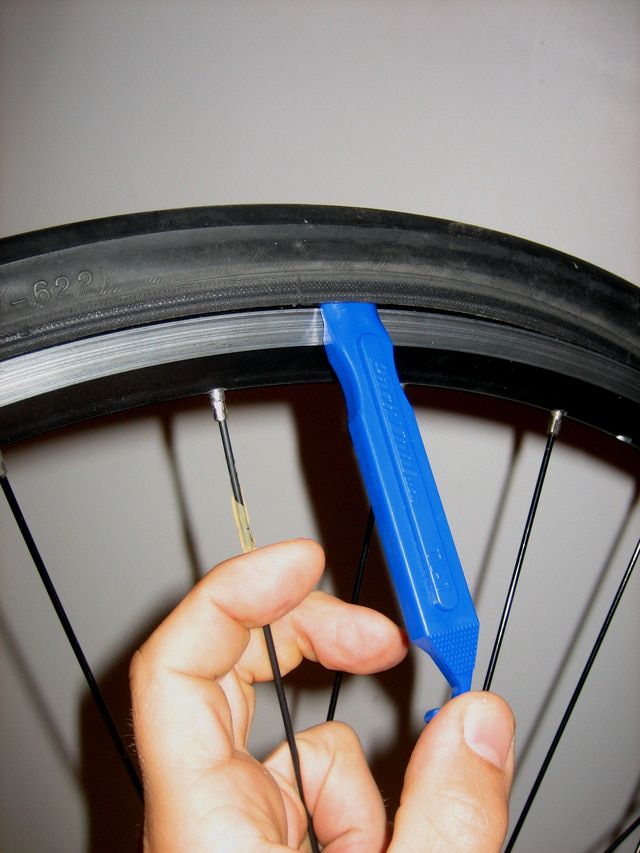 Your rims may crack from extreme temperature change, potholes, curb damage or brake dust.
Your rims may crack from extreme temperature change, potholes, curb damage or brake dust.
If you’re going to take a rip at repairing your cracked rim, rest assured you won’t find a better deal for a used rim to use as a replacement. Sturtevant Auto, just south of Milwaukee, has a huge junkyard full of perfectly usable, uncracked auto parts.
We have a huge selection of replacement rims for most auto manufacturers:
Chevrolet
Chrysler
Ford
Honda
Hyundai
Kia
Nissan
Subaru
Toyota
Volkswagen
Auto Parts
Contact Us
Aside from used replacement rims, Sturtevant Auto also has a variety of other auto parts for affordable prices. Contact our pick and pull junkyard today for more information on parts availability!
Contact our pick and pull junkyard today for more information on parts availability!
Return to Sturtevant Auto News
Sturtevant Auto has an incredible selection of used auto parts.
Call 262-835-2300 to have one of our friendly associates find your part in our computerized inventory.
Call us today!
0003Season
SelectReset filter
advanced selection
Tires with cracks: is it dangerous to drive and how to repair?
09.022022
Author: Sergey Akhmetov
Views: 2332
Changing tires according to the season is an important stage of car maintenance, the timeliness and correctness of which determine the safety of not only the owner of the vehicle, but also others. With this procedure, special attention should be paid to the condition of the tires, since in addition to natural wear, cracks may be present on them. Why they appear, is it possible to drive with such a defect and what to do if it is found - you will find the answers to these questions in this article.
Why they appear, is it possible to drive with such a defect and what to do if it is found - you will find the answers to these questions in this article.
There are 5 main reasons that lead to these defects on tires:

Now that you know the causes of such damage, let's look at their main types.
There are two types of such damage:
 Depth varies within 1-2 mm, can be coherent (such form a "web") and single. These defects are quite difficult to detect, which is their main danger. Despite the shallow depth, they can significantly reduce the performance of the wheel.
Depth varies within 1-2 mm, can be coherent (such form a "web") and single. These defects are quite difficult to detect, which is their main danger. Despite the shallow depth, they can significantly reduce the performance of the wheel. Important! Inspect wheels regularly to detect surface damage early. This will allow timely replacement of defective products and improve the overall safety of the car.
Answer: Cracked tires are dangerous! If they are found, a qualified service technician should be consulted. After diagnosing the condition of the tire, the specialist will give a recommendation for replacement or advise what restrictions must be observed during its further operation.
It should be remembered that any, even minor, tire damage can lead to catastrophic consequences. Using cracked tires, you endanger not only your life, but also the lives of other road users.
Using cracked tires, you endanger not only your life, but also the lives of other road users.
As mentioned above, small cracks lead to a decrease in the service life, and a deep defect can even cause the wheel to break while driving. Therefore, regularly inspect tires and replace them in a timely manner in case of damage.
The use of cracked tires depends on the extent of damage to them.
⚠️ If there are small single cracks (1-2mm) or “webs”, the following restrictions should be observed:
(Otherwise, the destruction of the tire will occur quickly, and the probability of rupture is high)
⛔ If the rubber has deep large cracks, it is extremely dangerous, it is strictly forbidden to drive on such tires!
(This type of damage may cause tire failure while driving even at low speed)
To prevent these defects, follow these guidelines:
 Use special covers and racks, do not expose tires to prolonged exposure to direct sunlight;
Use special covers and racks, do not expose tires to prolonged exposure to direct sunlight; By following these simple guidelines, you will avoid premature tire wear or failure and ensure the safety of your vehicle.
It is impossible to carry out a complete repair if the tire has deep cracks.
Repair of a slope with small cracks is allowed. You can contact the service station, where with special equipment, by melting rubber, or with the help of a patch, the defect will be eliminated. But such a repair is not a panacea, specialists will not give guarantees for long-term mileage after such a “restoration”. This type of repair is carried out under the responsibility of the client and at his discretion. No one will guarantee that after a while you will not find another “web” on your wheel.
But such a repair is not a panacea, specialists will not give guarantees for long-term mileage after such a “restoration”. This type of repair is carried out under the responsibility of the client and at his discretion. No one will guarantee that after a while you will not find another “web” on your wheel.
Don't waste your time and money on temporary repairs and don't risk driving with damaged wheels. It is safer and more reliable to buy a new set of rubber, the integrity and safety of which will not be in doubt.
Timely prevention is also the right decision. There are special silicone-based liquids and sprays that are positioned as a means to slow down aging. With them, tires should last longer.
(When a web appears that has not yet managed to break the rubber structure, it is advisable to use this tool)
To order the tires you need or get additional information, contact our manager in any way convenient for you. Our specialist will answer all your questions and help you choose a set of tires depending on the make and model of your car, season and vehicle operating conditions.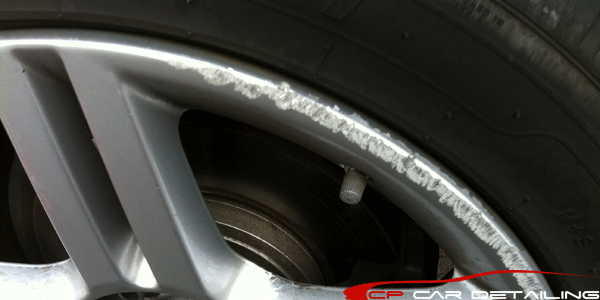
Contents
Another season of changing shoes is approaching. And you may remember that on one of the tires after the last winter/summer there is a jamb - a small bump. I don’t want to run to the store for the sake of one new tire. We understand. Or maybe it looks even better if repaired?
Yes, not every wheel that has met with a nail, rebar sticking out of the ground or a sharp stone on the road is considered damaged. Everything, of course, depends on the scale of the damage and its location on the tire itself. Some are easily repaired, while others are simply impossible to do - the tire can only be sent to the trash.
A bulge on a wheel, referred to by drivers as a bump or bulge, is the most common tire sidewall defect. It appears due to a collision with an obstacle or after falling into a pit, more often at high speed.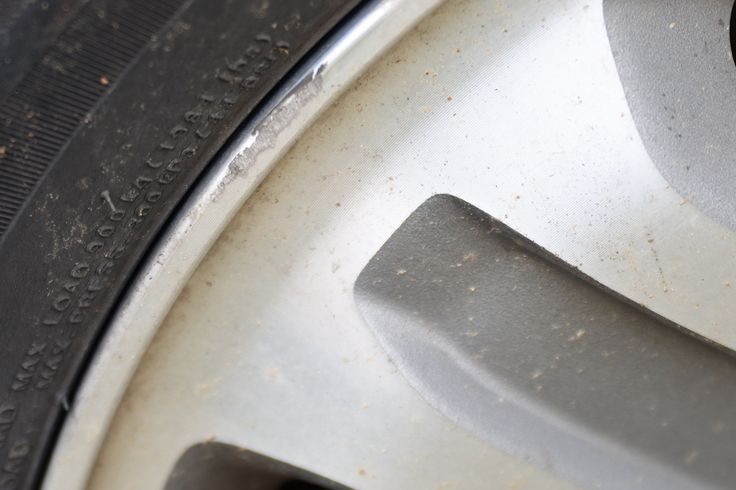 The threads of the sidewall carcass are easily damaged by impact, and the tire at this point can no longer hold the load and air pressure - swelling appears. A small bump sooner or later turns into a big one, and driving with such a defect is dangerous - the wheel can shoot at any moment. At high speed, this is fraught with loss of control, departure from the road and a rollover.
The threads of the sidewall carcass are easily damaged by impact, and the tire at this point can no longer hold the load and air pressure - swelling appears. A small bump sooner or later turns into a big one, and driving with such a defect is dangerous - the wheel can shoot at any moment. At high speed, this is fraught with loss of control, departure from the road and a rollover.
The quality of roads in Kazakhstan contributes to the appearance of bulges on tires
Some types of bulges are repairable, although this is a temporary measure. Not a single patch can restore the factory rigidity. Ideally, change the tire.
Special cord patches can extend the life of a tire with a herniation, even if the swelling has appeared on the tread. The sidewall is a different story. If the swelling appeared at a distance of more than 40 mm from the side, it can be repaired. If not, then the wheel needs to be replaced. Blisters on low profile tires are most often non-repairable.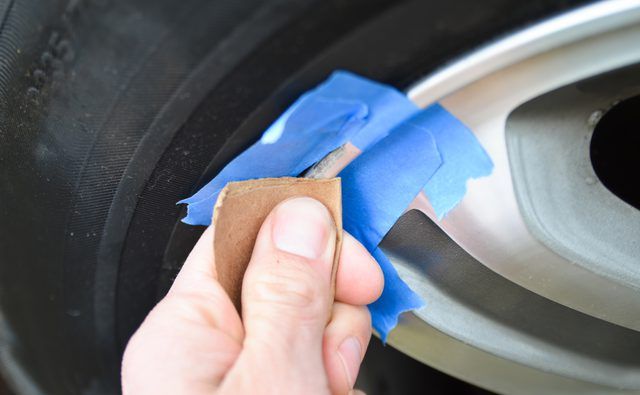
For maximum safety when riding with a repaired bump, insert the tube. This is an inexpensive and reliable solution. On our market, you can find cameras made in China and Russia, the latter are slightly more expensive, but also of better quality.
The elimination of a side cut is a serious operation, therefore, as in the case of a bump, you will have to go to the professionals. We need cord patches, fortunately in our time they are of different sizes and with a different number of layers. And if you do it wisely, then you can't do without special tools and vulcanization.
A cut, by the way, cannot be healed in all cases. If the gap is in the shoulder area of the tire, it is unlikely that anyone will undertake to repair it, since no guarantees can be given here. However, our Kulibins take on even the most difficult cases, cutting out parts of the sidewalls from the tires and even weaving the cord on their own.
Tire overhaul. We would not put such a wheel on ourselves
We would not put such a wheel on ourselves
Low profile tires can be repaired, but more difficult. A tear in the sidewall is easier to seal on tires with a medium or high profile.
Sometimes a cut is confused with a pluck. This is when the outer layer of the sidewall caught on something sharp, a tear formed, but the frame itself remained intact. There is nothing wrong with that, although the drivers at the tire fitting company successfully repair the cut, for which they take it accordingly.
If a piece of rubber remains on the sidewall, then glue it with ordinary superglue (101st). If it came off, then it is better to cover it with raw rubber and vulcanize. Leaving the pluck bare is not recommended, because the tire carcass, often consisting of a metal cord, will quickly corrode.
In Europe, defective or used tires are perforated before being sent for scrap to prevent their resale and possible operation. But they don’t know that we have such holes on the sidewall patched once or twice
Cuts and hernias are not the only possible damage to the side of the tire. You can also spoil the side ring, in the process of changing shoes, for example. If it’s for garlic, then such a tire is already dangerous. Sooner or later, the tire pressure and the load in motion will start to squeeze the rubber off the rim - a wheel explosion can occur.
You can also spoil the side ring, in the process of changing shoes, for example. If it’s for garlic, then such a tire is already dangerous. Sooner or later, the tire pressure and the load in motion will start to squeeze the rubber off the rim - a wheel explosion can occur.
This ailment is repaired if the wire ring - the base - is intact. There are no special technologies and materials to correct this particular problem, but most often craftsmen use a two-component composition for chemical (also called cold) vulcanization. After mixing, the mass is pressed into a fat-free damage. Compound manufacturers recommend waiting 72 hours before mounting a tire. Of course, our masters do not pay attention to this condition - they put the tire right away. And it’s good if the wheel is flat because of this at night in the parking lot, and not on the road.
If the side ring tears are barely noticeable, but the wheel still deflates, then you can use a special liquid - a bead seal designed to seal a tubeless tire.
These seals have been used in motorsport for some time. In particular, in the American Formula D Drift Series, drivers used compounds to keep the tire on the rim even with minimal tire pressure. Now they are banned.
Pay attention to the left rear wheel of the Nissan Silvia S13. Due to too low pressure, it was literally taken off the disk under load
Every schoolchild has faced this problem when patching the tube of his bike after hitting something sharp. Repairing a car tire puncture with your own hands will also not be difficult even on the road. But for this you will need a pump (or compressor) and a universal tire repair kit with harnesses. All this is sold at any car market or gas station.
Repairing a tire on the side of the road with harnesses
The process is simple. If we are talking about the front wheels, then in most cases the wheel can not even be removed, it is enough to turn the steering wheel in the right direction, find the puncture site and carry out repairs. First, the hole is cleaned with a helical awl from the set. The tourniquet itself is smeared with glue and tucked into the eye of the awl, after which it is inserted into the tire hole. With a sharp movement, the tool is removed, and the tourniquet remains in place and clogs the hole. The tails are cut with a knife, but not at the root, it is recommended to leave about 20 mm. The tire is inflated and checked.
First, the hole is cleaned with a helical awl from the set. The tourniquet itself is smeared with glue and tucked into the eye of the awl, after which it is inserted into the tire hole. With a sharp movement, the tool is removed, and the tourniquet remains in place and clogs the hole. The tails are cut with a knife, but not at the root, it is recommended to leave about 20 mm. The tire is inflated and checked.
Sometimes a nail or self-tapping screw clogs the hole by itself, remaining in it. If you see a hat in a tread, do not rush to pull it out. While the pressure is holding, move to vulcanize. And sometimes they drive with a screw in a tire for weeks.
Repair of a puncture at a tire shop
Punctures are also repaired with harnesses at a specialized service, although among professionals such repairs are not considered long-term. After a few months, the flagella dry out and can let air through. There are more advanced methods like cold and hot vulcanization.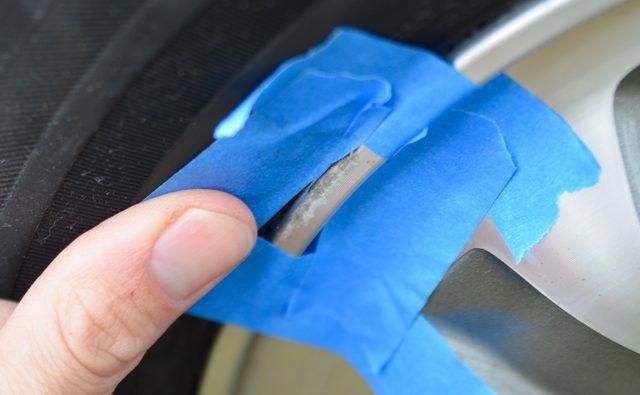 The latter is more reliable. In this case, the hole is sealed with an elastic patch, and the funnel from a foreign object is filled with a special compound. After that, a vulcanizer is put on the tire, it heats up the rubber and solders it.
The latter is more reliable. In this case, the hole is sealed with an elastic patch, and the funnel from a foreign object is filled with a special compound. After that, a vulcanizer is put on the tire, it heats up the rubber and solders it.
In addition to the plaster, the puncture is also repaired with special cord fungi. Craftsmen process the puncture site: drill it and treat the surface with a tool to roughen it. Then the repair area is lubricated with glue (it is also called cement) and a fungus is introduced. This is done from the inside of the tire. The cap of the fungus is rolled, and the excess legs are simply cut off from the outside.
Puncture repair with sealant
With the advent of tubeless wheels, and later run flat tires, many automakers began to abandon spare wheels. Instead, repair kits with compressors are supplied with the machines. A repair kit is essentially a bottle of pressurized sealant. Later, such spray cans began to appear on the shelves of ordinary car dealerships.
A repair kit is essentially a bottle of pressurized sealant. Later, such spray cans began to appear on the shelves of ordinary car dealerships.
This method has not taken root in the CIS, because the condition of the roads makes it necessary to have at least a stowaway in the kit, but it can also be considered as a method of repair on the road.
The car must be jacked up and sealant must be pumped into the damaged wheel through the nipple. Next, you should spin the wheel, then pump it up, lower the car and drive a few hundred meters. If the tire tightness has not been restored, repeat the procedure.
For commercial vehicles, cutting the tread with a special device (regrower) is a common thing. Moreover, such tire retreading is provided by the factory (marked REGROOVABLE on the sidewall) to increase the service life. But there are entrepreneurs who undertake to deepen the grooves in tires for passenger cars. But they are not intended for such an operation. Often used tires for sale are “refreshed” in this way. Be careful!
Often used tires for sale are “refreshed” in this way. Be careful!
What is the threat?
The worst option is that the retreaded tire will shoot out on the road, as the master can damage the undertread layer when deepening the grooves. Such a tire will not be able to hold pressure at some point. There will be a boom! At best, the tire will indeed last a little longer, but is the game worth the candle? We think it's not worth it.
How is cutting done?
A regrower is used to cut the tread. Roughly speaking, this is a large soldering iron with interchangeable tips of various shapes. It goes through rubber like a knife through butter.
If the tire is for passenger cars, then it is worth taking on a regrower only in one case - when part of the tread pattern was welded with "new" rubber during repair. This is where threading comes in handy in order to restore the grooves and symmetry of the tread.
Vehicle operation is prohibited if:
— tires have a residual tread height of less than 1.